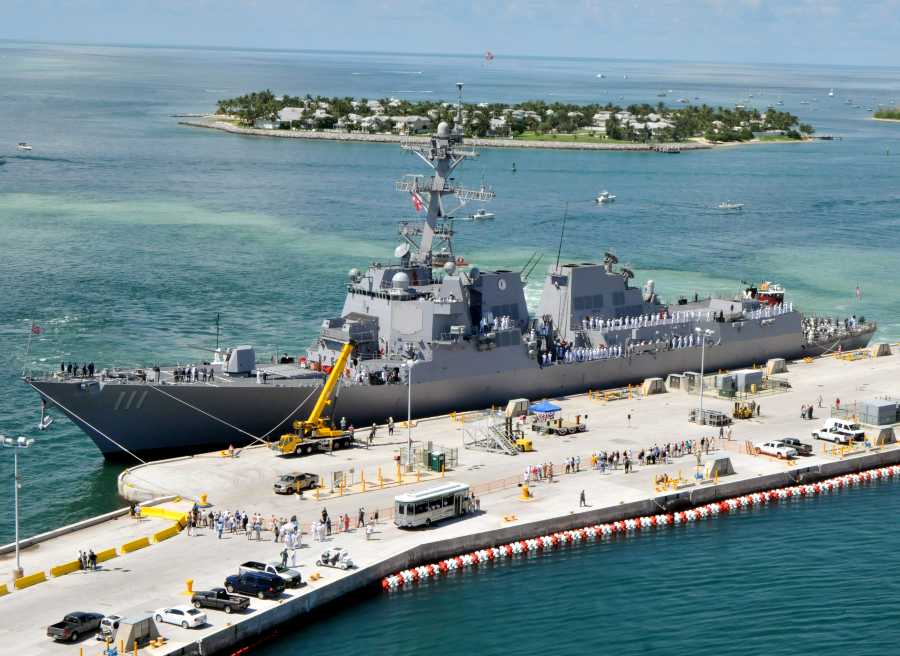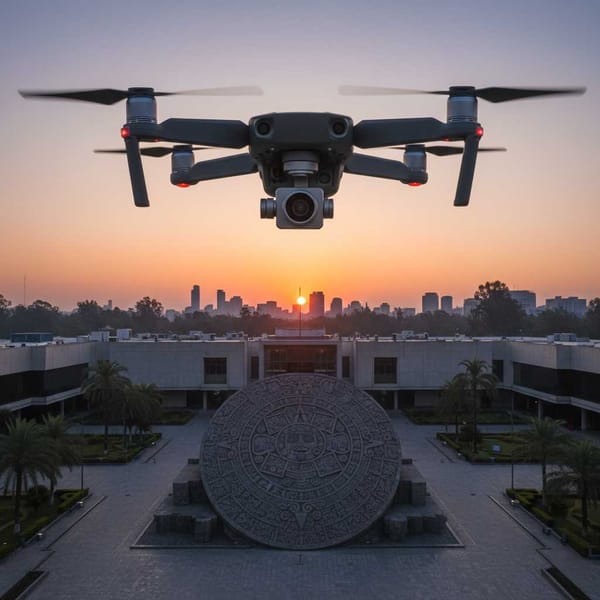U.S. Navy Deploys Second Destroyer to Bolster Maritime Fight Against Drugs and Illegal Migration
The US deployed a second destroyer, USS Spruance, to the Pacific off Mexico to bolster efforts against drug trafficking and illegal migration, joining the USS Gravely in the Gulf. This supports a Trump directive using Navy assets for NORTHCOM/DHS/CBP border operations.

The United States has dispatched a second guided-missile destroyer to waters near Mexico, significantly bolstering maritime operations aimed at curbing drug trafficking and illegal migration, U.S. military officials confirmed. The deployment of the USS Spruance (DDG 111) to the Pacific Ocean off Mexico's coast marks an expansion of efforts initiated under a directive from the Trump administration focused on combating the flow of fentanyl and undocumented migrants.
The Arleigh Burke-class destroyer joins the USS Gravely (DDG 107), which began similar operations in the Gulf of Mexico in recent days. Together, the warships represent a "pincer movement," according to military statements, intended to tighten security along the U.S. southern maritime approaches on both the Pacific and Gulf coasts.
The USS Spruance's deployment falls under the operational control of U.S. Northern Command (NORTHCOM), responsible for homeland defense and security cooperation with Mexico and Canada. The command stated the warship's presence is specifically intended to support its border security operations, particularly the interdiction of narcotics and migrants attempting sea routes.
"The Spruance reinforces the national commitment to border security by strengthening maritime initiatives and supporting inter-institutional collaboration," stated General Gregory Guillot, Commander of U.S. Northern Command. "The ship's operations highlight the dedication of the Department of Defense and the Navy to national security priorities, contributing to a coordinated and solid response to combat maritime terrorism, arms proliferation, transnational crime, piracy, environmental destruction, and illegal migration by sea."
This deployment is the second such naval assignment specifically mandated under executive orders signed by President Donald Trump targeting fentanyl trafficking and undocumented migration. The Department of Defense designated the NORTHCOM commander as the lead operational authority for employing U.S. military forces in support of these border-related executive orders.
Officials noted that the command continues to address "critical capacity deficiencies" in support of the Department of Homeland Security (DHS) and U.S. Customs and Border Protection (CBP), suggesting the naval assets are partially filling gaps in traditional civilian law enforcement resources. The Spruance is expected to work in coordination with U.S. Coast Guard Law Enforcement Detachments (LEDETs), specialized teams founded in 1982 that often embark on Navy vessels to conduct maritime interdiction and law enforcement actions.
The USS Spruance itself is a formidable asset. Commissioned in 2011 and named after famed World War II Admiral Raymond A. Spruance, it is described by the U.S. Navy as a multi-mission guided-missile destroyer capable of operating independently or as part of a larger strike group. Equipped with advanced radar and sensor suites, communications systems, and capacity for two helicopters, the vessel boasts significant firepower. Its armament includes Standard Missiles and Evolved Sea Sparrow Missiles for air defense, torpedoes for anti-submarine warfare, Tomahawk land-attack missiles, and a 5-inch deck gun.
While possessing advanced combat capabilities suitable for high-intensity conflict, the Spruance's current mission highlights the use of sophisticated military platforms for security tasks traditionally handled by coast guards or border patrol agencies. The ship's crew of approximately 350 personnel is trained for a wide range of missions, including the maritime interdiction tasks central to its current deployment, such as interrupting the movements of terrorists, pirates, and narcotics traffickers.
The coordinated deployment of the Spruance and Gravely underscores the administration's focus on utilizing military resources to enforce border security and stem the flow of illicit substances like fentanyl, which has been linked to a major public health crisis in the United States. The presence of these advanced warships serves as both an operational enhancement for interdiction efforts and a visible demonstration of U.S. resolve in controlling its maritime borders against transnational criminal organizations and unauthorized migration flows.




